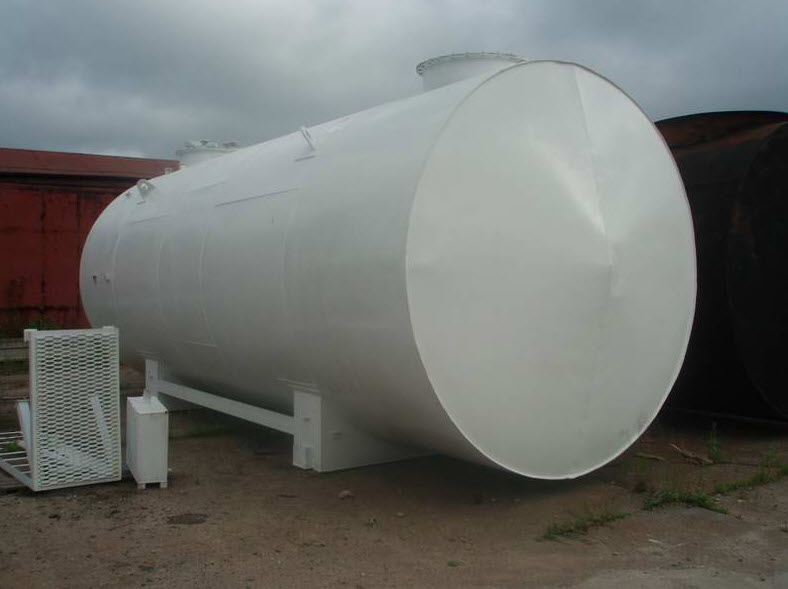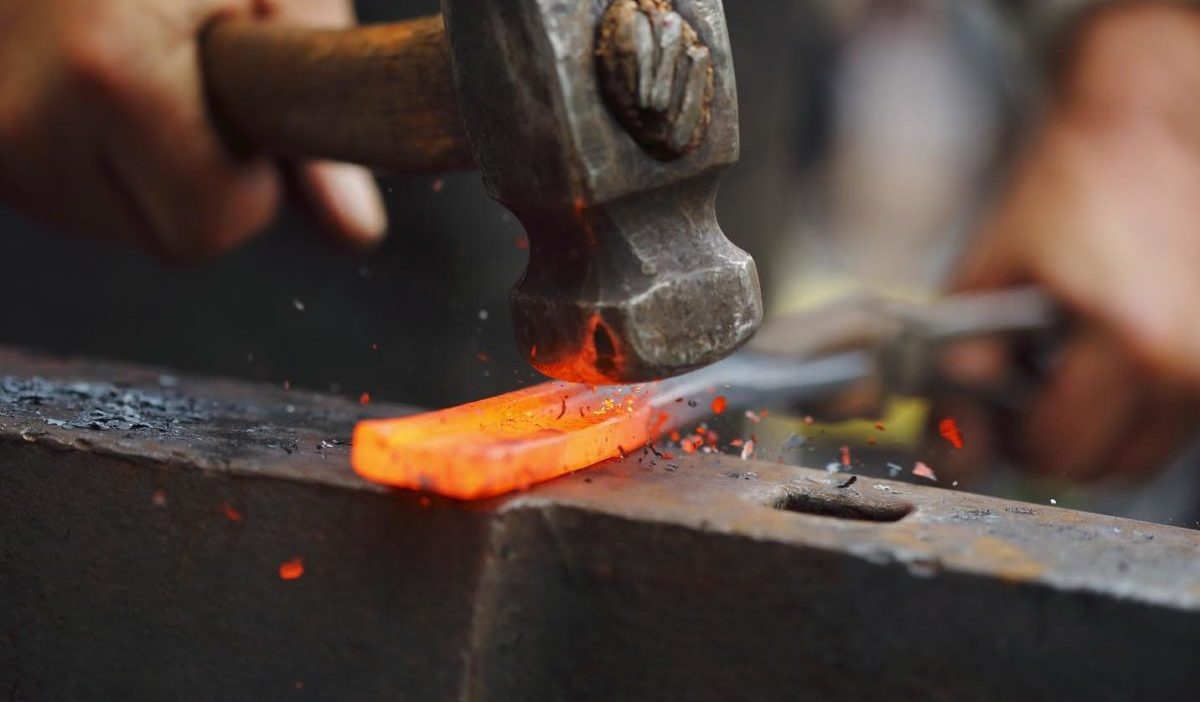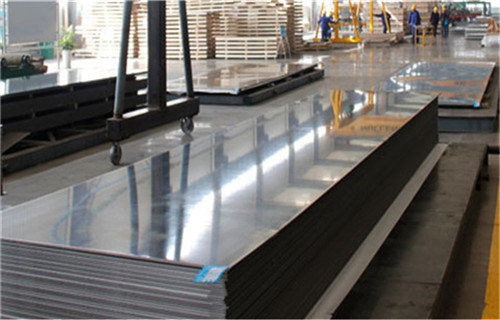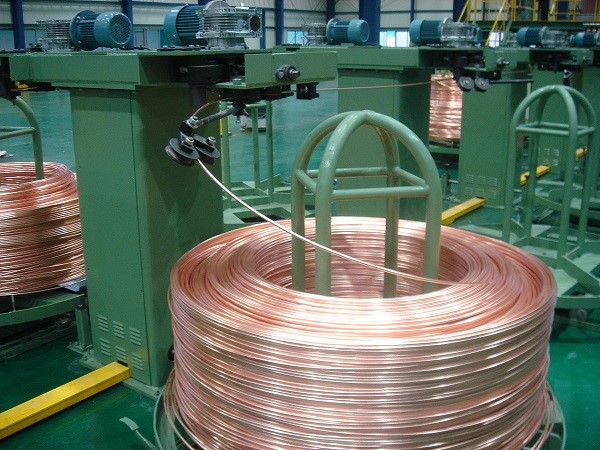Aluminum casting
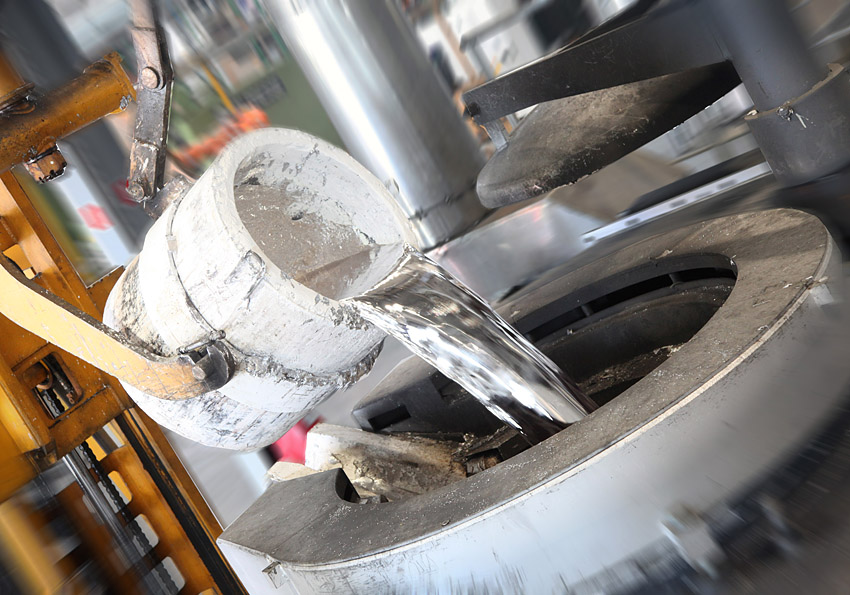
Metal casting stands as a primary method for the fabrication of diverse components, and in some instances, certain items and products can only be realized through this approach. Fundamentally, the process technology remains independent of the chosen raw materials. Variations may arise primarily from material-specific factors like shrinkage, denoting the reduction in volume that occurs as metal cools and the requisite melting temperature. These measurements can substantially differ depending on the material employed.
Distinctive Aspects of Aluminum Casting Aluminum is a fusible silvery-white element known for its chemical reactivity, often seen as a favorable attribute under regular circumstances. When aluminum reacts with oxygen, it forms a thin yet remarkably robust oxide film on its surface, serving as a barrier against further oxidation.
However, there exists another facet to this characteristic. In open-air environments, the fusion of aluminum with its oxides results in an alloy that can hinder the quality of aluminum casting. To circumvent this detrimental oxygen influence, the melting process transpires in an oxygen-free setting, meticulously sealed off from ambient air. In contemporary industrial settings, customized aluminum casting is executed through three principal methods:
- Pressure Die Casting: This technique distinguishes itself from other methods by subjecting the material to both its own weight and an additional pressure of at least 70 kg/s. Notable advantages of this method encompass:
- Swift attainment of material melting point
- Precise control over raw material quantity
- Potential for full process automation
- Yielding high-quality components due to the impact of substantial pressure
Under this pressure, the rate of melt movement escalates, concurrently leading to a reduction in pouring velocity. Consequently, labor productivity is significantly augmented. Furthermore, the resulting products often necessitate minimal additional mechanical refinement, except in cases requiring intricate hole drilling that might prove challenging through other means.
-
Chill Mold Casting: Employing chill molds, which are designed to promote rapid solidification, this approach aids in achieving fine-grain structures and enhanced mechanical properties.
-
Clay-Sand Form Casting: This method employs clay-sand molds, offering flexibility and simplicity while accommodating intricate designs.
In conclusion, aluminum casting showcases its versatility and potential across a spectrum of industrial applications, attesting to its significance in contemporary manufacturing processes.
+39 035 236452
sale@triestepg.com
Trieste Procurement Group SRL
Via Sant'Alessandro, 24122 Bergamo (BG)

